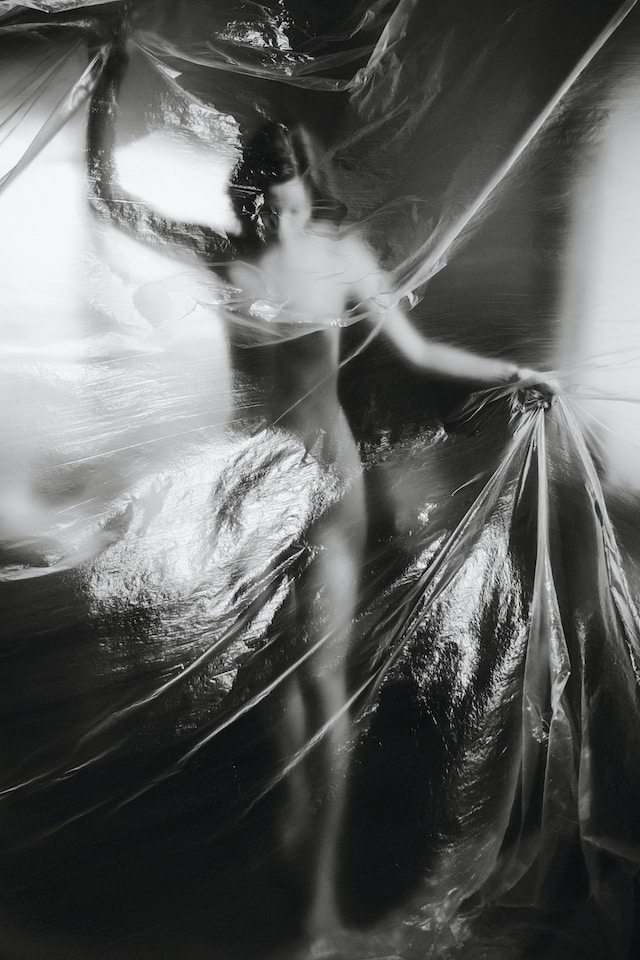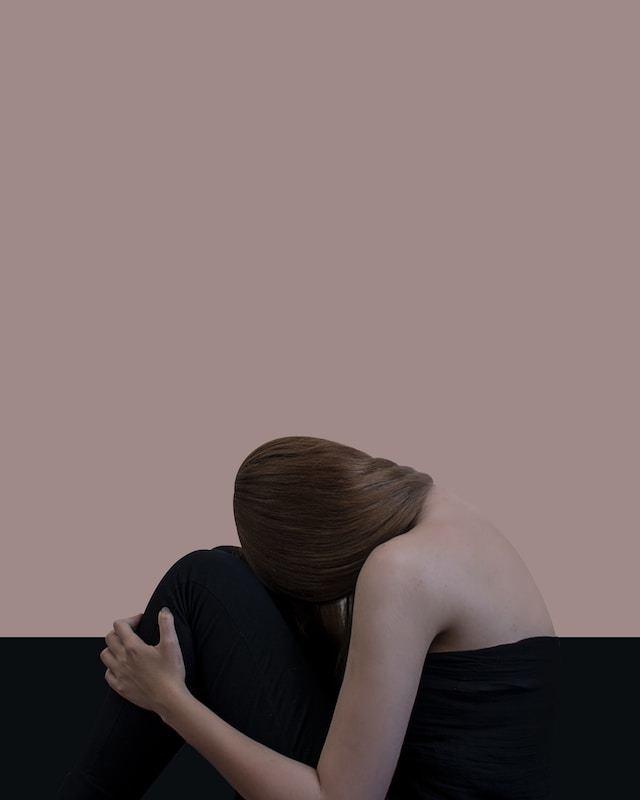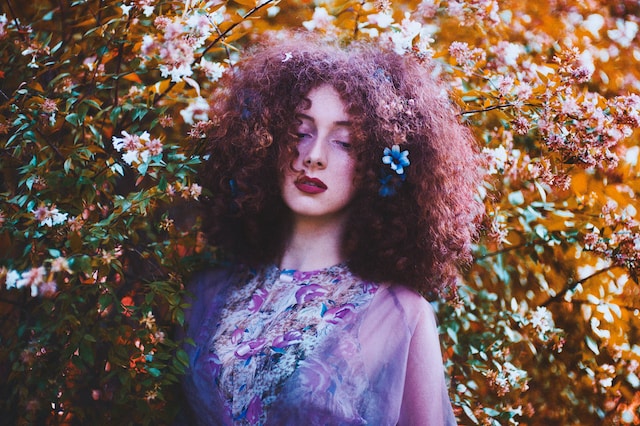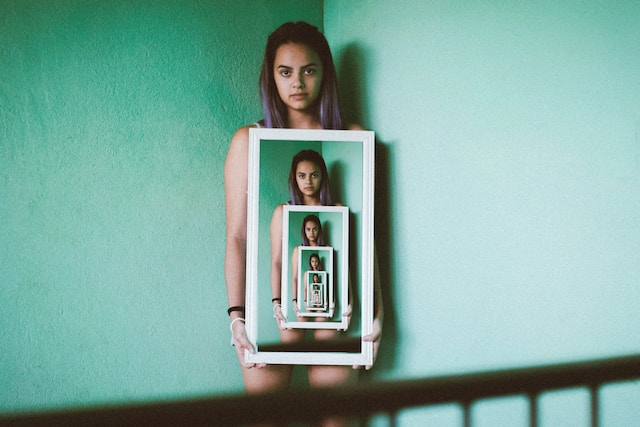Using the Human Body in Fine Art Photography: Exploring Beauty, Form, and Expression
Fine art photography offers a creative and expressive medium for photographers to explore the human body as a subject. Through careful composition, lighting, and artistic vision, photographers can capture the beauty, form, and emotion of the human body in ways that evoke deep meaning and provoke thought. In this article, we will delve into the world of using the human body in fine art photography, examining its artistic significance, techniques, and the power of visual storytelling.

Table of Contents
- Introduction
- The Artistic Significance of the Human Body
- Embracing Form and Composition
- Lighting Techniques for Accentuating the Body
- Black and White vs. Colour Photography
- Expressive Poses and Gestures
- Exploring Vulnerability and Empowerment
- Incorporating Props and Accessories
- The Power of Symbolism and Metaphor
- Ethical Considerations and Consent
- Conclusion
- Frequently Asked Questions (FAQs)
1. Introduction
Fine art photography pushes the boundaries of visual expression, challenging conventional notions of beauty and aesthetics. When the human body becomes the focus of this artistic exploration, it offers a canvas for photographers to capture the essence of the human experience, emotions, and relationships.
2. The Artistic Significance of the Human Body
The human body has long been a subject of artistic fascination, celebrated in various art forms throughout history. In fine art photography, the human body becomes a vehicle for exploring themes such as identity, vulnerability, strength, sensuality, and the complexity of the human condition. It allows photographers to communicate profound narratives and evoke emotional responses through visual storytelling.
3. Embracing Form and Composition

The human body offers endless possibilities for creative composition. Experimenting with angles, perspectives, and framing can emphasize the body’s curves, lines, and contours. Paying attention to negative space, symmetry, and balance in the composition can create visually striking images that draw the viewer’s eye to the subject.
4. Lighting Techniques for Accentuating the Body
Lighting plays a crucial role in fine art photography, particularly when capturing the human body. Whether using natural light or artificial lighting, photographers can create dramatic effects that enhance the body’s form, textures, and shadows. Techniques like side lighting, backlighting, or low-key lighting can add depth and dimension to the images, emphasizing the body’s unique features.
5. Black and White vs. Colour Photography

Choosing between black and white or colour photography can greatly impact the mood and aesthetic of body-focused images. Black and white photography often emphasizes the body’s form, textures, and contrasts, while colour photography allows for the exploration of the body’s tones, hues, and the emotional impact of different colour palettes. The choice between the two depends on the photographer’s artistic vision and the story they want to convey.
6. Expressive Poses and Gestures
Poses and gestures can convey a range of emotions, narratives, and symbolism in fine art photography. From dynamic and powerful movements to subtle and contemplative poses, the human body’s expressiveness allows photographers to capture moments that evoke curiosity, empathy, or intrigue. Collaborating with the subject to find poses that reflect their personality and emotions can result in more authentic and impactful images.
7. Exploring Vulnerability and Empowerment

Fine art photography involving the human body often explores themes of vulnerability and empowerment. It can challenge societal norms, redefine beauty standards, and celebrate the diversity and uniqueness of each individual. By capturing moments that reveal both the fragility and strength of the human body, photographers can create images that inspire introspection and promote self-acceptance.
8. Incorporating Props and Accessories

Props and accessories can enhance the storytelling aspect of fine art photography involving the human body. From fabric and fabrics to masks, mirrors, or symbolic objects, props can add layers of meaning, context, and visual interest to the images. Careful selection and integration of props can contribute to the narrative and evoke emotions or convey a particular message.
9. The Power of Symbolism and Metaphor

Symbolism and metaphor can be powerful tools in fine art photography. By using elements such as water, nature, or objects with symbolic significance, photographers can create images that transcend the literal representation of the human body. Symbolism allows for deeper exploration of concepts, emotions, or societal issues, inviting viewers to engage intellectually and emotionally with the artwork.
10. Ethical Considerations and Consent
When working with the human body in fine art photography, ethical considerations and consent are paramount. Respecting the subject’s boundaries, privacy, and personal comfort is essential throughout the photoshoot. Open communication, clear agreements, and obtaining explicit consent ensure that the subject feels safe and empowered during the creative process.
11. Conclusion
Using the human body as a subject in fine art photography offers an avenue for artistic expression, allowing photographers to capture the beauty, form, and emotion of the human experience. Through composition, lighting, symbolism, and narrative, photographers can create thought-provoking images that challenge perceptions, evoke emotions, and inspire contemplation. By embracing the human body as a canvas, fine art photography celebrates the richness and complexity of our shared humanity.
12. Frequently Asked Questions (FAQs)
Q1. Are there legal considerations when photographing the human body in fine art photography? A1. It is important to be aware of local laws and regulations regarding nudity, privacy rights, and artistic expression. Obtain necessary permits or permissions when shooting in public or private spaces, and always respect the subject’s rights and privacy.
Q2. How can I find models or subjects for fine art photography involving the human body? A2. Networking within the artistic community, collaborating with professional models, or seeking individuals interested in participating in artistic projects can help you find subjects who are comfortable with the creative process.
Q3. How can I ensure the images are respectful and avoid objectifying the human body? A3. Respectful communication, establishing a collaborative and empowering environment, and focusing on the subject’s unique qualities, emotions, and narratives can help ensure that the images celebrate the human body’s beauty, form, and expression while avoiding objectification.
In conclusion, using the human body in fine art photography provides an opportunity for photographers to explore the beauty, form, and expression of the human experience. Through composition, lighting, expressive poses, and thoughtful incorporation of props, photographers can create captivating images that provoke thought, celebrate diversity, and inspire contemplation. It is crucial to approach this genre of photography with ethical considerations, respecting the subject’s boundaries and obtaining explicit consent. By embracing the human body as a canvas, fine art photography becomes a powerful medium for storytelling and celebrating the richness of our shared humanity.